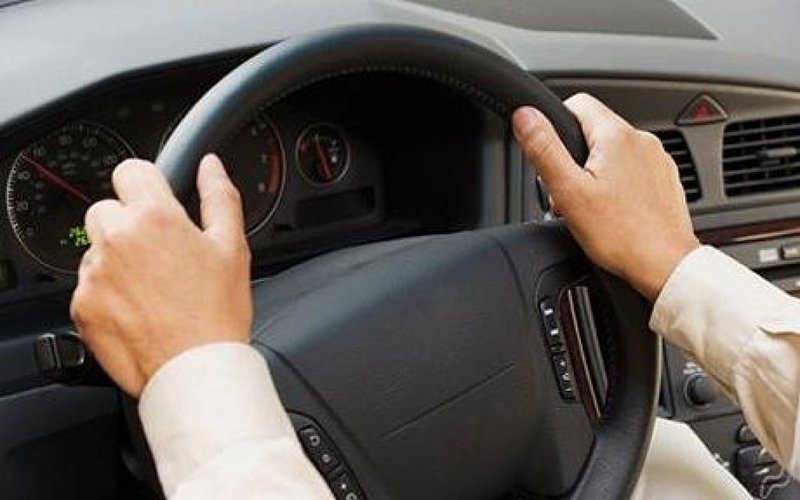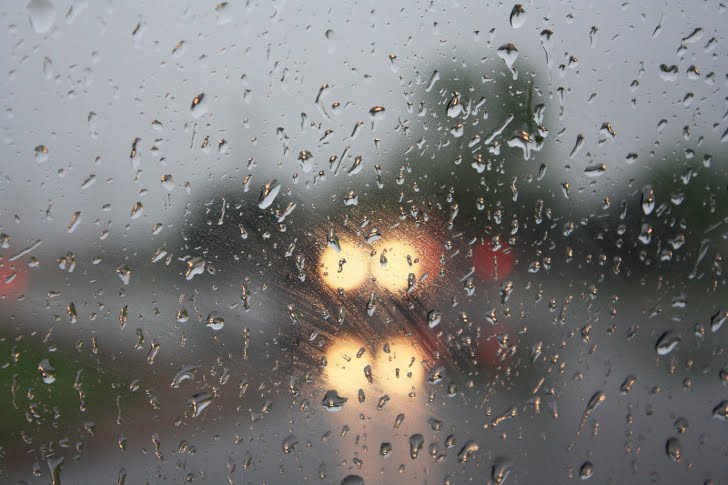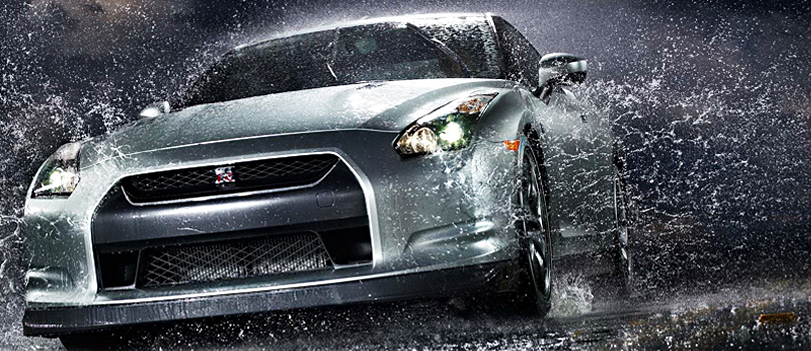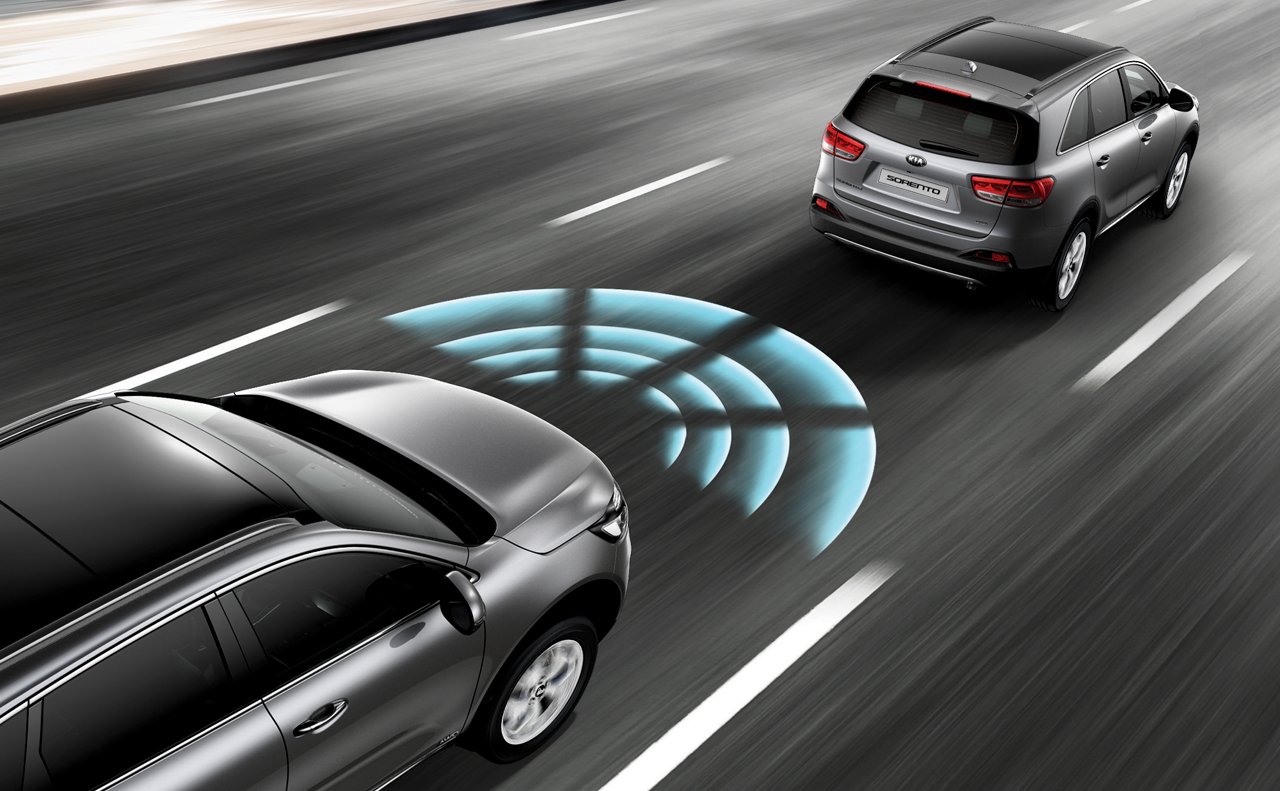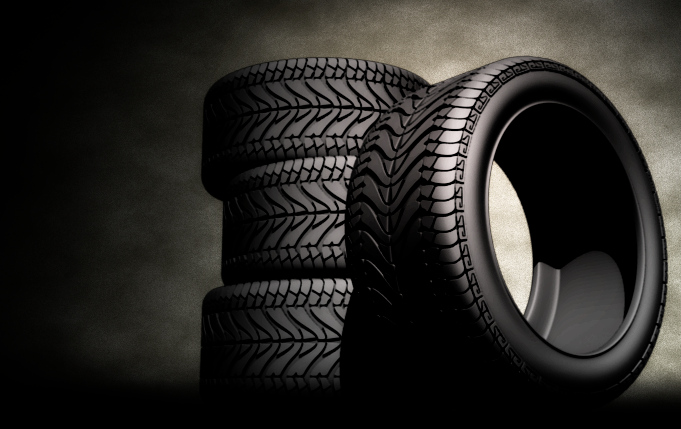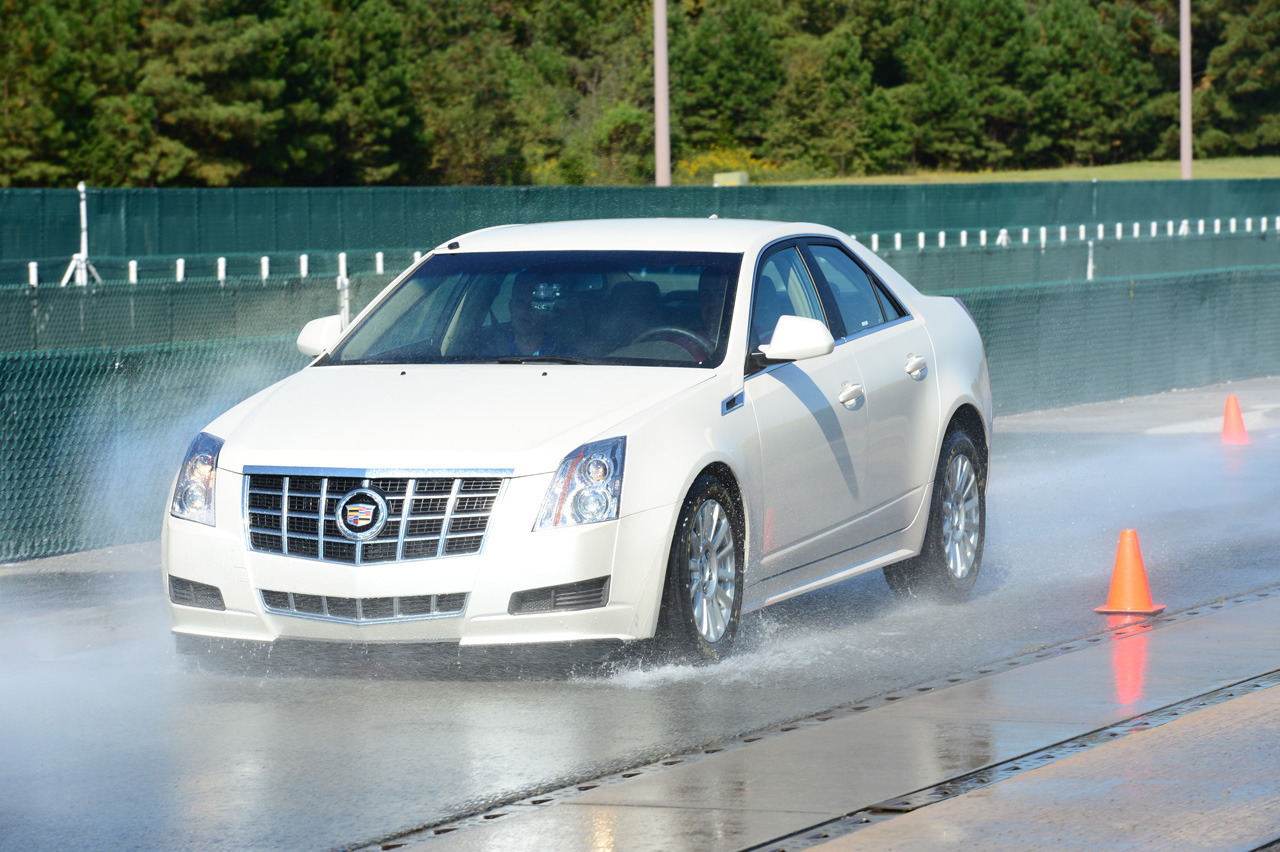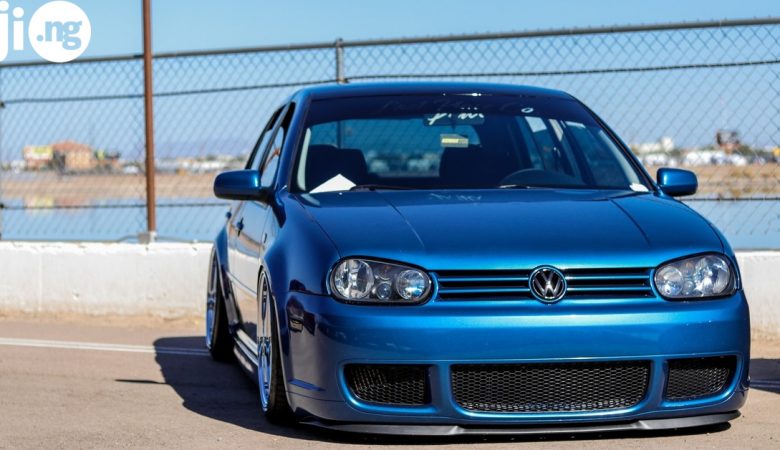Rainy weather is one of the most dangerous weather conditions you will ever get to drive in. Luckily for drivers, rains aren’t as common in Nigeria as they are in other parts of the world, but they happen regularly nonetheless, which is why knowing how to navigate in the rain is an essential skill for a driver. If you don’t want to damage your car and jeopardize the health and life of your passengers, keep to a certain set of rules, and you’ll easily master driving during rain.
1. Keep your hands on the wheel
The most important thing to have when you’re driving through the rain is focus. The only thing that needs to be on your mind is how to safely take your car and your passengers through the rain. This is why you should never take your hands off the wheel – in case of an emergency you will be able to react as quickly as needed. While you’re driving, get rid of any possible distractions, especially car radio and your smartphone. Keep your mind and eyes on the road and never let the wheel go!
2. Make sure your headlights are working
In many countries of the world having your headlights on during rain is mandatory even when you’re driving in broad daylight, not to mention the importance of having headlights at night. Properly working headlights make sure you are visible to other drivers even in the worst driving conditions, which lowers the risk of an accident. Plus, headlights help you see better in front of you, which is also pretty important for preventing collisions.
3. Choose a lighter car
If you’ve ever driven through rainy weather at night, you probably know that small, dark colored cars and motorcycles are extremely hard to notice when there is not enough lighting, despite having their headlights on. The same goes for you: if your car is hardly noticeable on the road when it’s raining, you risk getting into a car accident if the other drivers are not careful enough. So, if you’re looking for a new car, better get a white, gold or silver one.
4. Keep a distance
Like in the case with headlights, the distance requirement is not exclusive to rainy weather, but it’s something you should pay special attention to while driving in the rain. In order to have room for manoeuvring in case of a possible accident, the distance from you to the next car in front of you should be at least five cars. It’s much easier to avoid collisions when you have enough room for an emergency stop or turn.
Get 4 more tips from page 2
5. Drive below the speed limit
No matter how soon you need to arrive at your destination, for the sake of your own safety don’t exceed the speed limit when it’s raining outside – not only is it illegal and can get you in trouble, but it also limits your options during an emergency situation on the road. Keeping to a comfortable speed of 45-50 km/h will give you enough room for manoeuvring and will help you reach your destination safely and soundly.
6. Check your tyres
A lot of drivers don’t know this, but the quality and state of your tyres directly influences your car’s performance while driving through the rain. New radial tyres will give you much more safety and comfort than worn out polyester tyres. However, even if you have relatively new radial tyres, give them a good look before driving out into the rain, because they can have some defects you may not be aware of, which can compromise their performance.
7. Learn about hydroplaning
Hydroplaning is a process that happens to a car during the rain. While driving on top of the water, the car suddenly loses traction and contact with the road. This can result in unexpected car behaviour and can naturally stress out any driver. If your car is caught in hydroplaning, don’t panic and don’t make any rushed decisions or sudden motions. Calmly let go off the gas pedal and use your wheel to steer the car straight or slightly in the necessary direction. Remember: no sudden movements!
8. Be aware of your brakes
No matter how reliable your brakes might be under normal weather conditions, shower rains often negatively affect the stopping power of the brakes, especially drum-type ones. First find out which type of brakes your car is equipped with, and try to stay away from potholes and other areas with deep water in order to get maximum security from your brakes.

